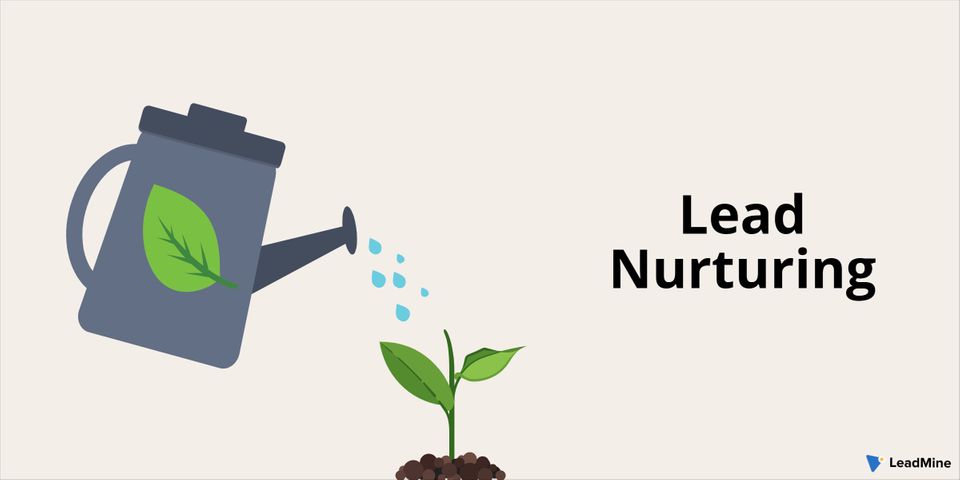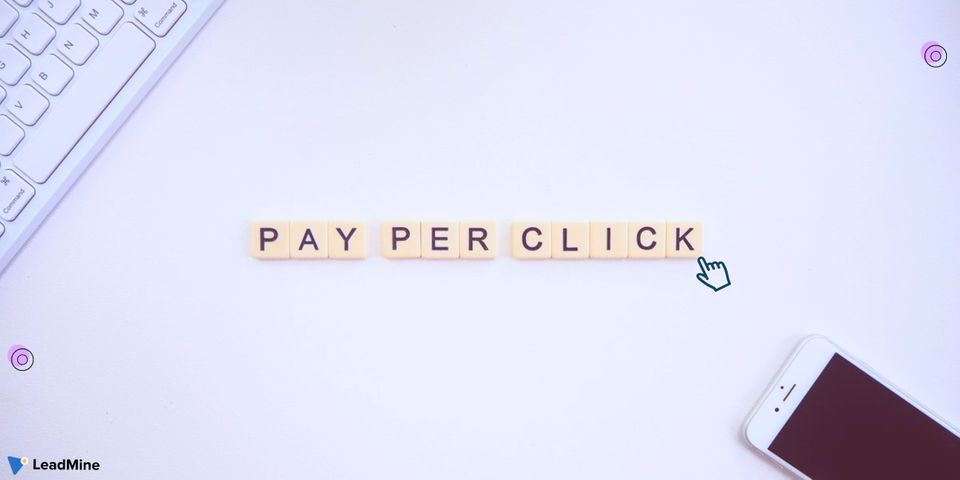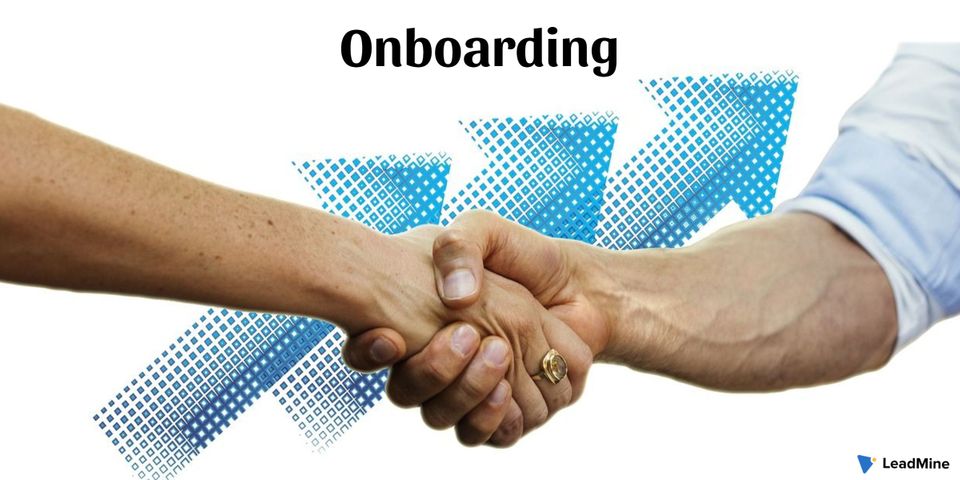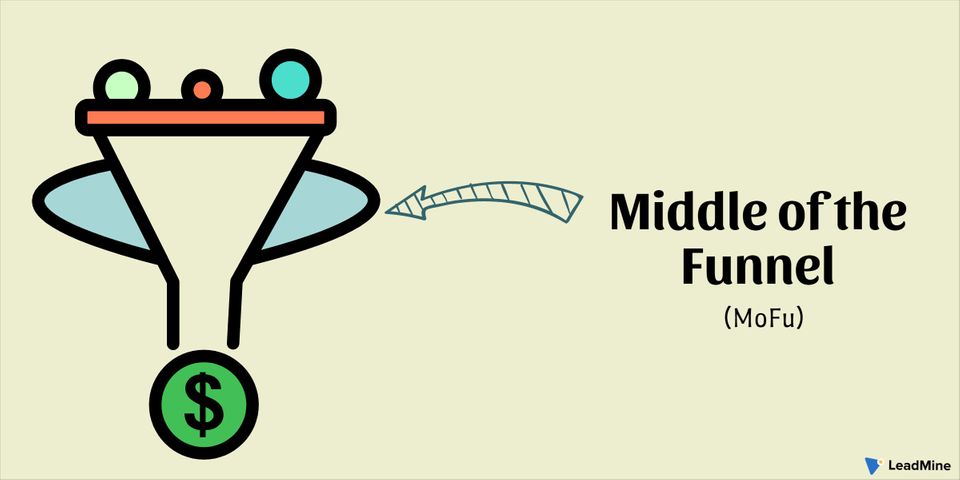It's unrealistic to expect to find a lead, call or email them with your pitch, and close the deal right away. Leads are nothing more than possibilities. They aren't a sure thing to offer. The idea of lead nurturing comes into play in this situation.
Here How It’s Done:
- What is Lead Nurturing?
- Why Lead Nurturing is Important?
- How to Create a Lead Nurturing Campaign?
- Lead Nurturing Strategies
- Summary
What is Lead Nurturing? 🤔
The process of engaging prospective customers by supplying them with relevant content at each point of the sales funnel in order to win their business at the end is known as lead nurturing. Lead nurturing is all about listening to prospects' needs and providing them with the knowledge that properly answers their questions about a company's products and services.
Marketers should have content that portrays their products as the best option among competitors in the same niche to effectively nurture sales leads. Marketers greatly increase the chances of customers purchasing a product or service from their brands when the time comes by raising the image of a company in the eyes of a potential buyer.
A successful lead nurturing program focuses marketing and communication strategies on listening to prospects' needs and delivering the knowledge and answers they need in order to build trust, increase brand awareness, and maintain a relationship with them before they are ready to purchase.
According to Marketo, half of all leads in any given scheme aren't ready to buy yet, and MarketingSherpa claims that nearly 80% of new leads never make a purchase at all. That's why a strategic lead scoring system is critical for nurturing buyer relationships. Additionally, increasing the duration of sales funnels fosters prospect independence, necessitating the use of well-designed lead nurturing programs.
Why Lead Nurturing is Important? 😣
A company can benefit from more sales conversions while investing far less in conventional marketing campaigns by using lead nurturing. As a result, every brand will benefit from this strategy.
Lead nurturing allows businesses to concentrate their efforts in the most effective way possible. On the one side, brands can use this strategy to recognize genuine "hot" leads and send them straight to the sales team.
As a result, the sales department will focus its efforts and time on high-quality leads. Lead nurturing, on the other hand, aids in the identification of "warm" leads, which are then forwarded to the marketing team and nurtured to the point of purchase.
Brands build and improve their presence by delivering valuable educational content to their subscribers through lead nurturing. Furthermore, lead nurturing enables a company to demonstrate to its customers that it respects their needs and can provide long-term solutions.
A company can easily sustain contact with leads that have already engaged with it using automated lead nurturing. Lead nurturing is an excellent way to remind a lead who has stopped looking at a brand's products or checking its website.
When working with current customers, businesses may use lead nurturing to remind them of additional products or services available.
How to Create a Lead Nurturing Campaign? 🧐
Let's move on to the next level now that we've discussed what lead nurturing is and why it's so important for a business to include in their marketing strategy. How do you go about putting together a lead nurturing campaign?

Step 1: Segment Your Audience 👆
The first and most critical move is to make sure that everybody who participates in your campaign is at the same stage of the purchasing process so that they can be properly nurtured together.
To begin, divide your leads into groups based on where they are in the buying process. You can accomplish this by setting up opt-in triggers, lead scoring, or even sending out a survey.
You can build a complete lead nurturing plan to walk a consumer through the purchasing process step by step, then segment and position your leads where they belong within the campaign.
Step 2: Send Anything Beneficial 👍
The next step is to provide your customers with something of value. Lead parenting is a mutually beneficial technique. You can't expect your customers to send you their email addresses, spend time reading your material, and eventually give you their money unless you give them anything in exchange.
Provide more detail about your business, what you do, and why it's relevant in the form of an eBook, webinar, or white paper. With your new leads, you can take things slowly. Metaphorically take them out to dinner and tell them about yourself before you propose.
Step 3: Set up an Email Marketing Automation System 🦾
Then, to stay top of mind and provide useful information to each lead, you'll send them through an automated email marketing campaign that answers FAQs, shares resources like blog posts and videos, and more.
Make certain that each email has a purpose or target. You don't want to put something in the marketing funnel that doesn't have a return on investment (ROI).
Step 4: Close the Deal 🤝
Not every lead you create will turn into a customer. Lead nurturing is critical for reducing the figure, increasing total sales, and increasing the value of each sale.
Your lead nurturing campaign goes on auto-pilot once you've built it, particularly if you used email marketing automation, and your marketing team doesn't have to communicate with every single lead during the nurturing process. This will save your company a lot of time while also allowing you to contact those leads often enough to help them progress through the purchasing process.
Lead Nurturing Strategies 😎
The majority of B2B marketers immediately associate lead nurturing with email marketing campaigns. We recommend that you use strategies in addition to your email campaigns to improve the overall efficacy of your lead nurturing.
We'll go over a couple of these strategies in this section and show you how to get started with them.
#1 Nurture Leads with Social Media 👾
Many advertisers believe that social media campaigns are better suited for B2C than for B2B... We, on the other hand, respectfully disagree.

Leads and customers want to engage with businesses on social media, whether they're dealing with a B2B or B2C brand.
You now understand the significance of reacting to leads who engage with you on social media. You should also be recruiting your other leads and enlisting their participation in the discussion.
#2 Make Use of Retargeting Advertising 🙌
Retargeting advertisements are a tried-and-true technique that consistently produces positive results. Though eCommerce stores are more likely to use these advertisements, there's no reason why B2B marketers can't use them to cultivate leads as well.
#3 Use Dynamic Website Content 🤖
Depending on your visitor's sector, use dynamic content to highlight and feature the most important case studies or testimonials. You'll be able to use the social evidence provided by these case studies and testimonials to your advantage. This allows you to better nurture your leads and nudge them closer to making a buying decision.
Summary
Lead nurturing is a vital mechanism that companies must employ in order to recognize potential customers and convert them into loyal, paying customers. Your company will create a strong customer base and relationships with those customers using the approach we've mentioned here, which will keep them coming back for your goods and services for years to come.
Do share your thoughts about Lead Nurturing with us at LeadMine.





